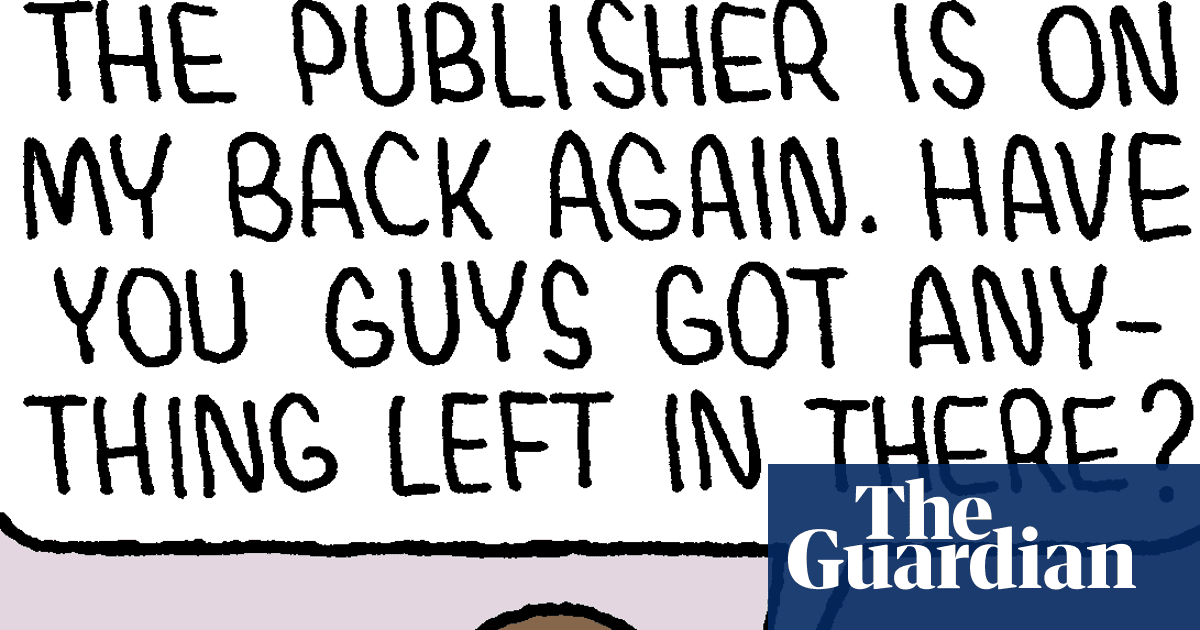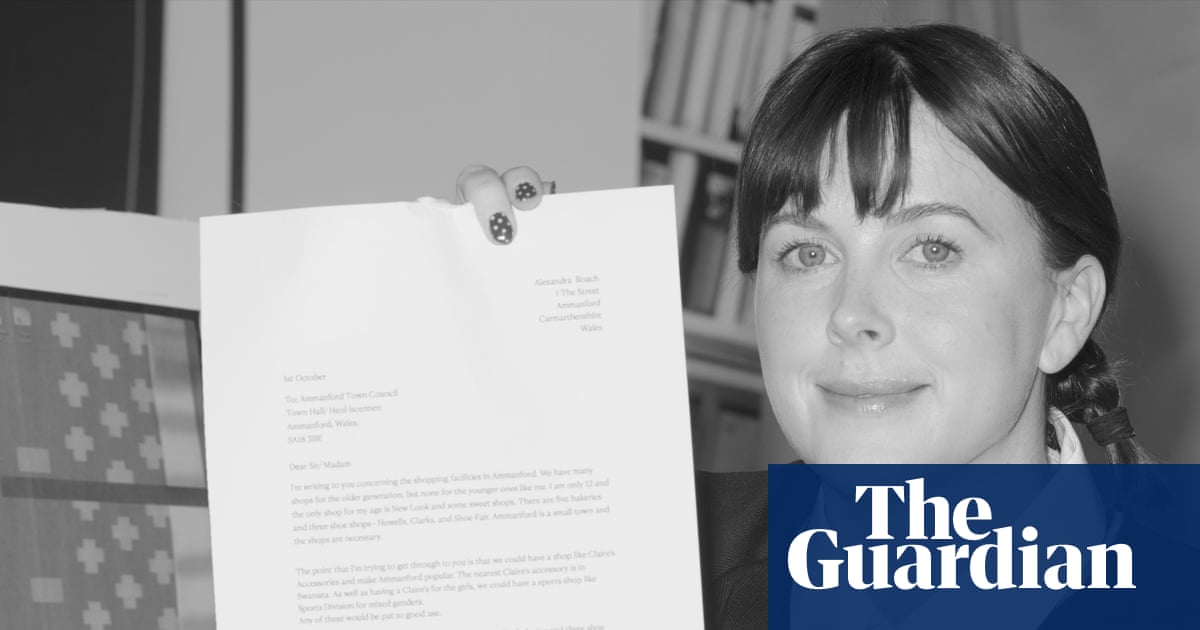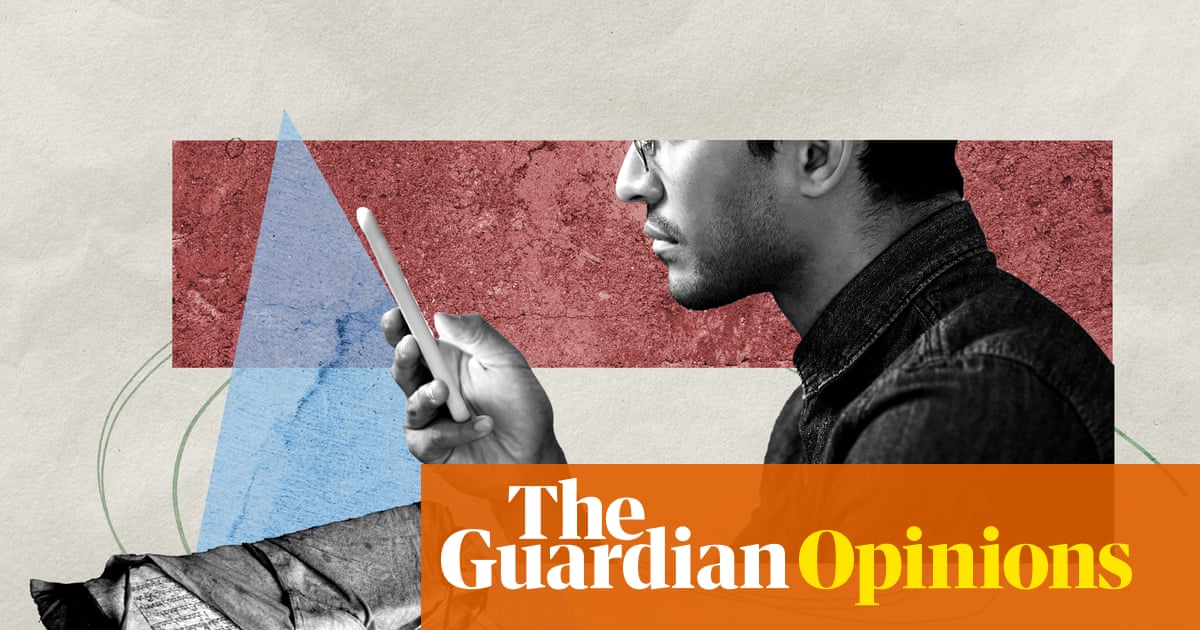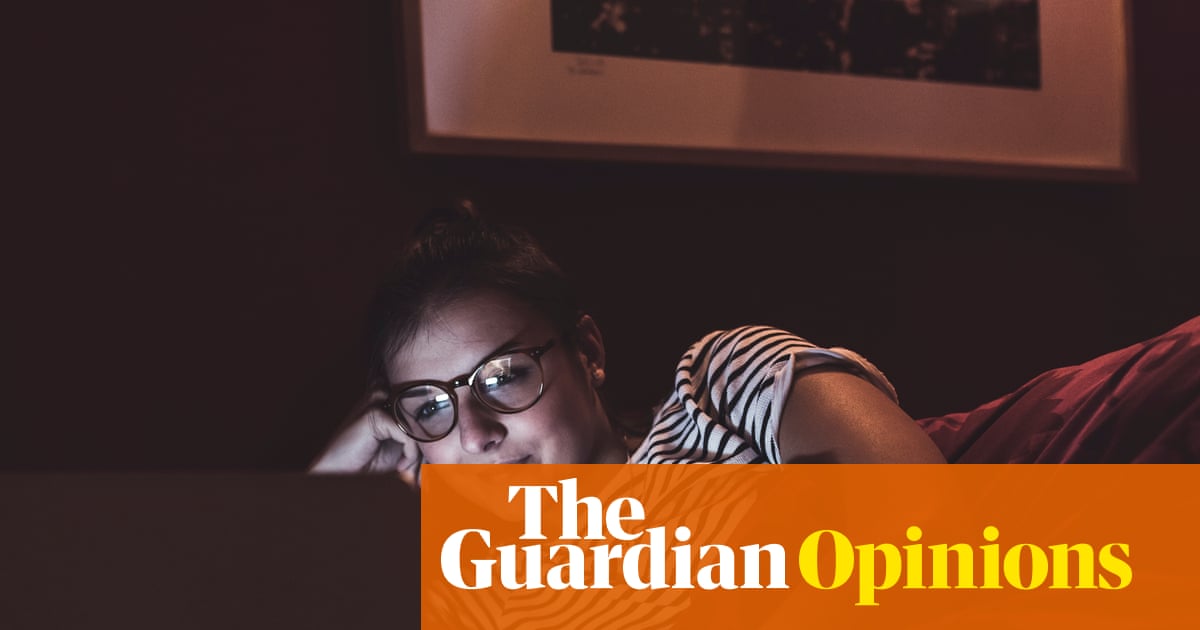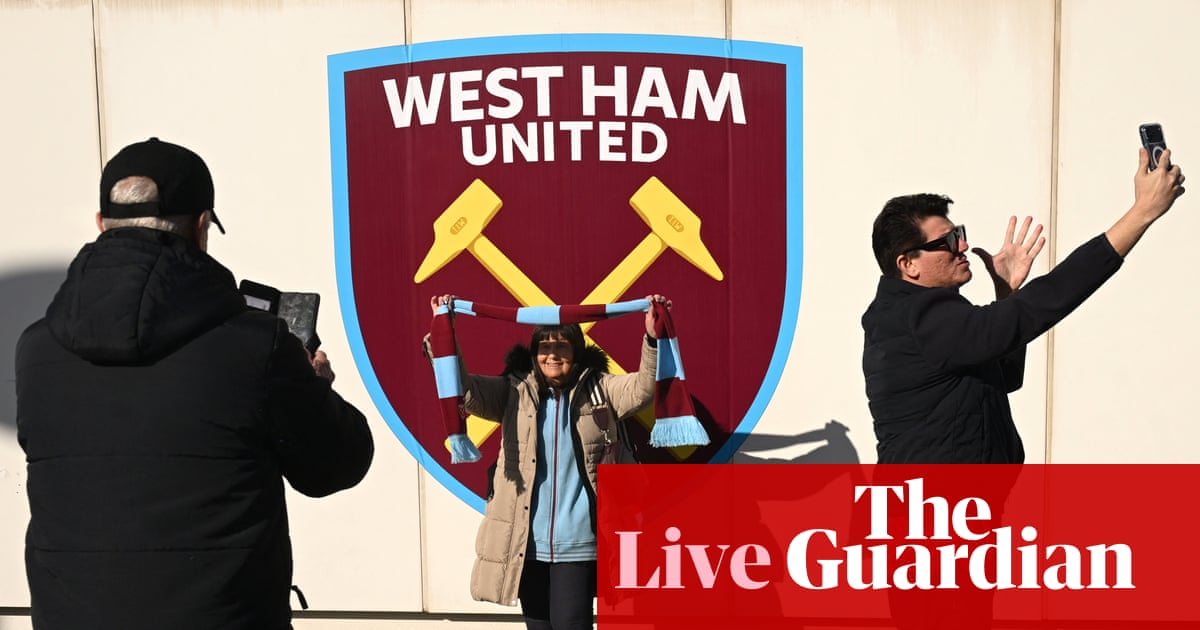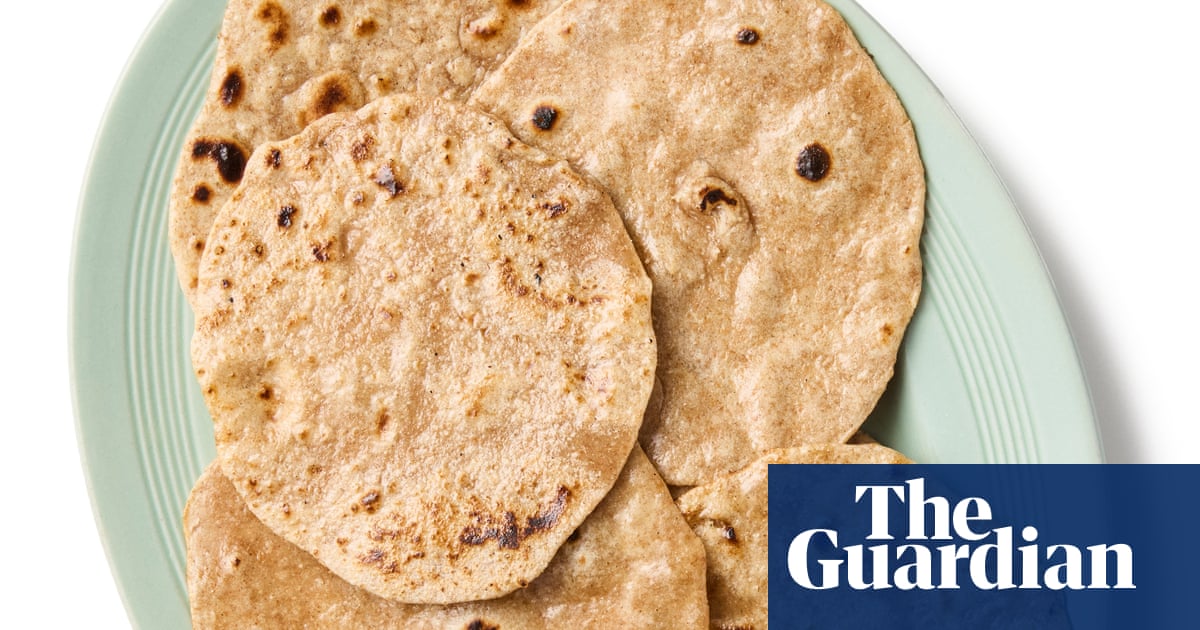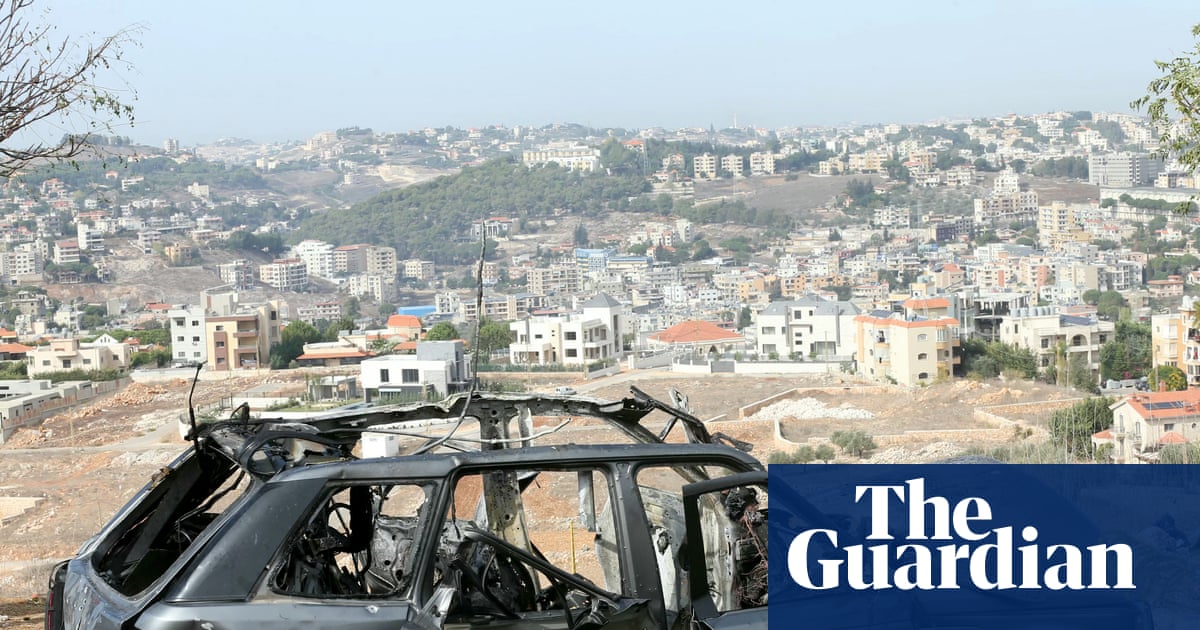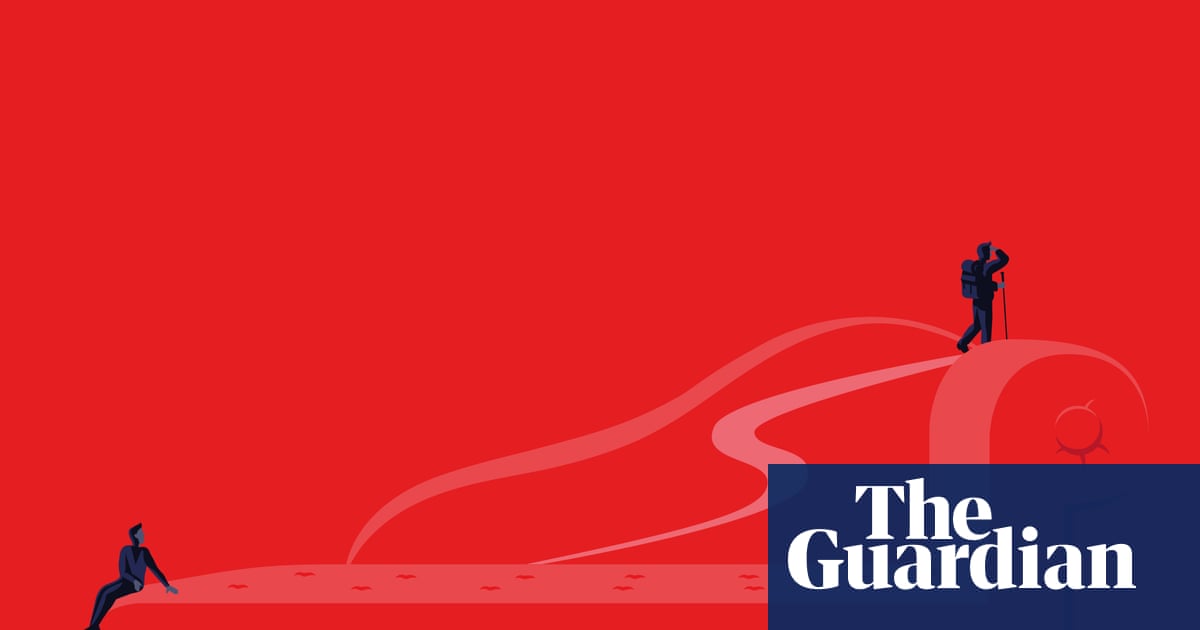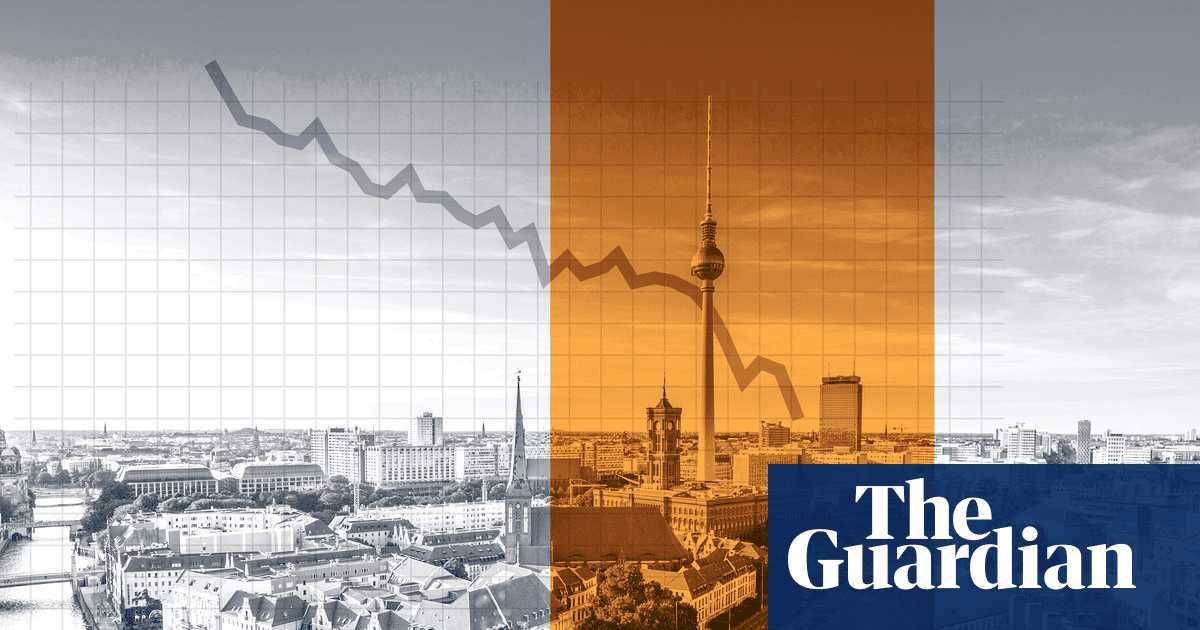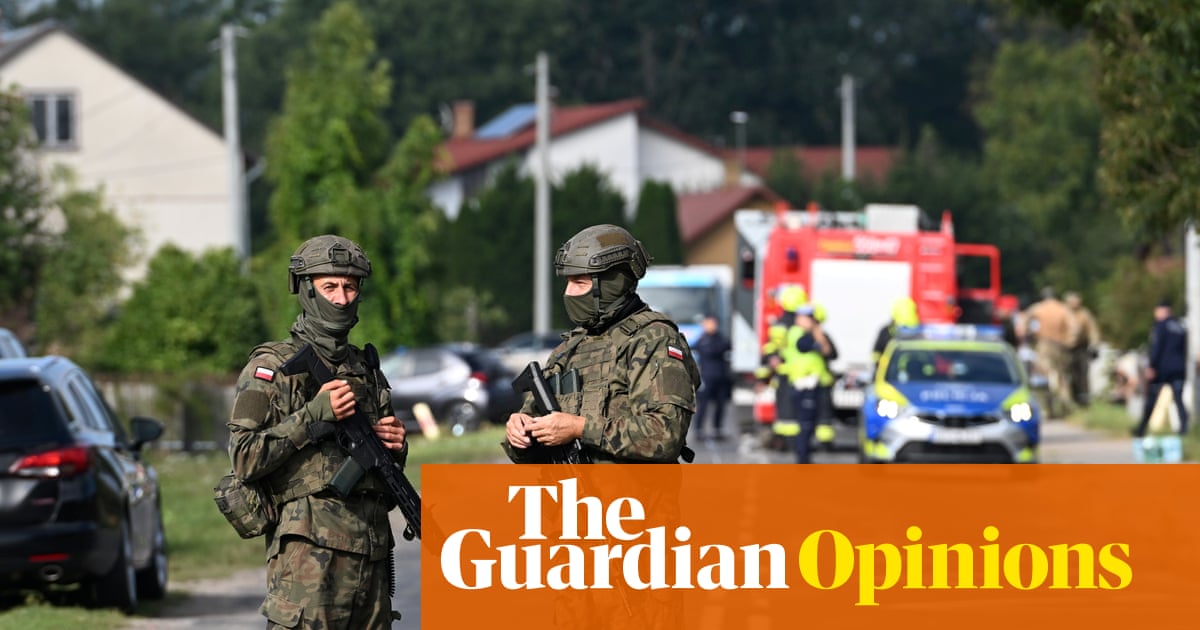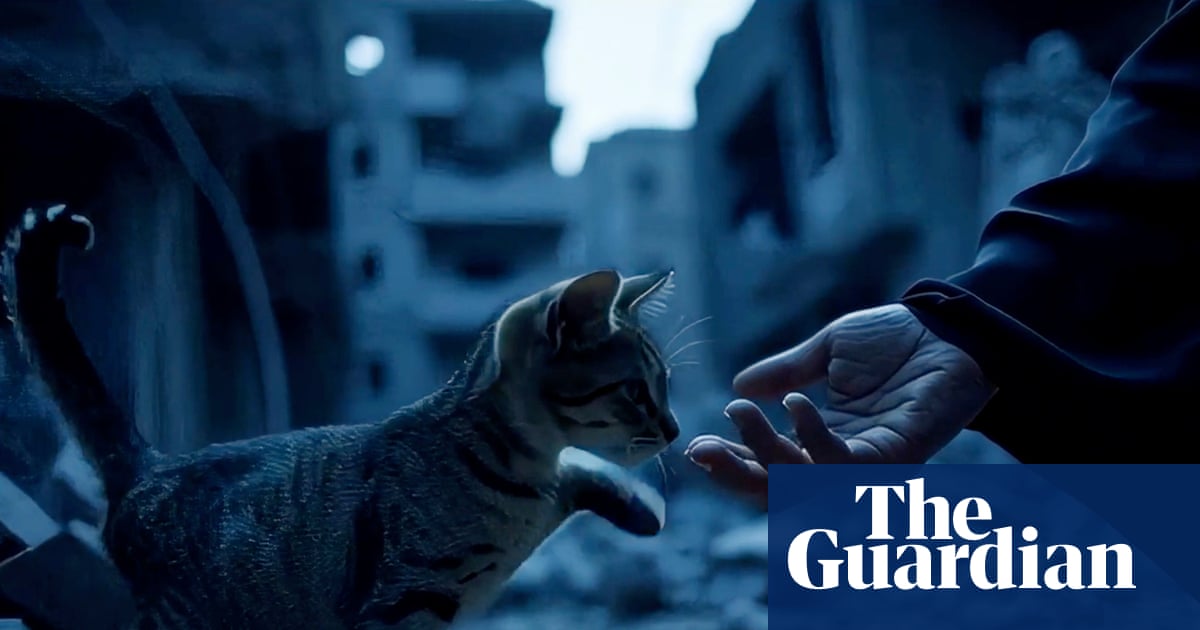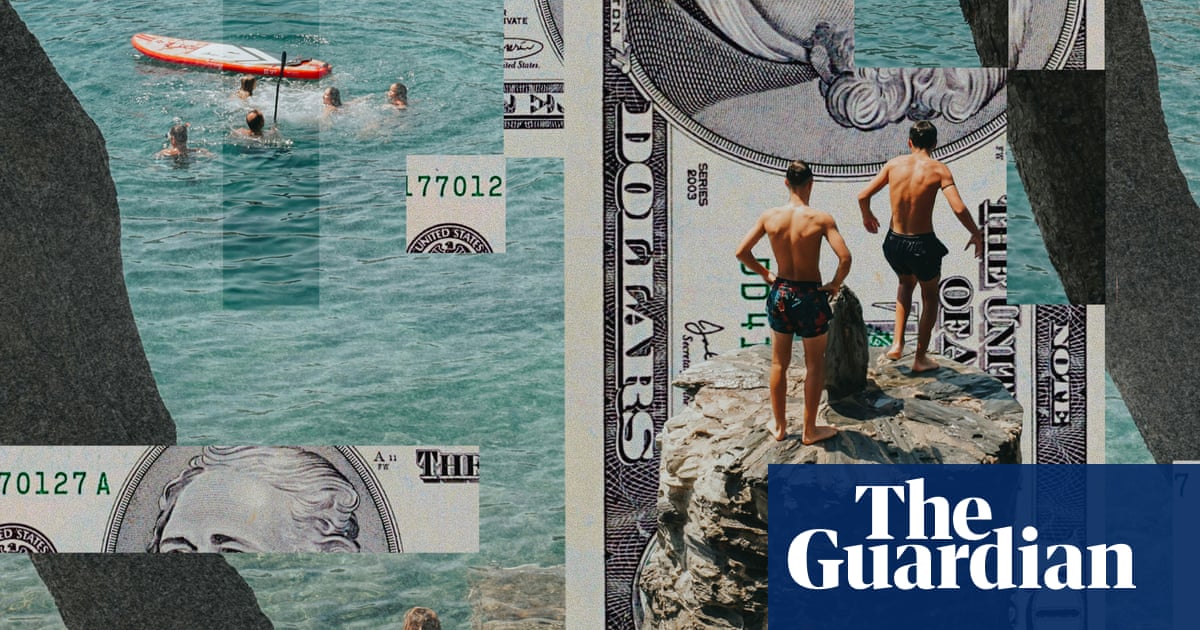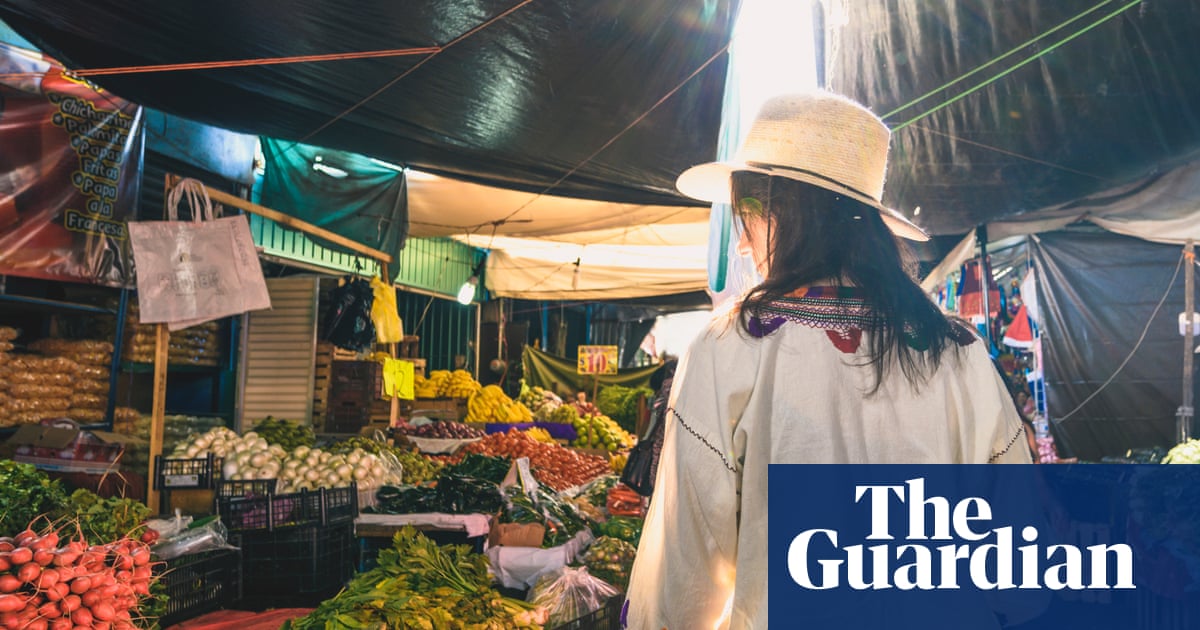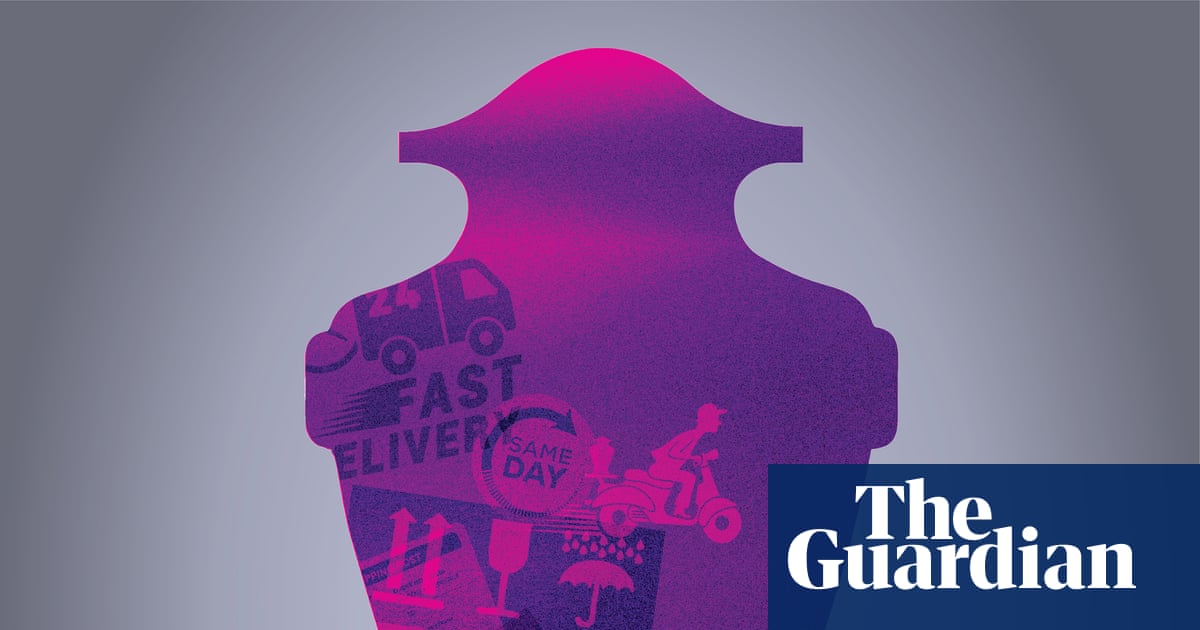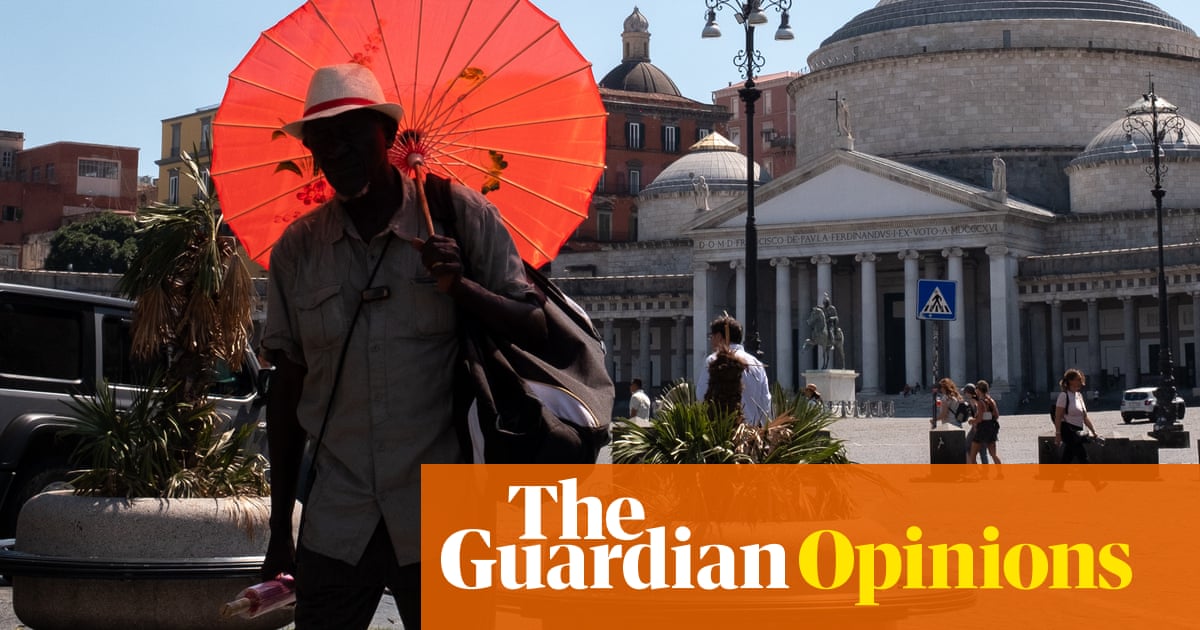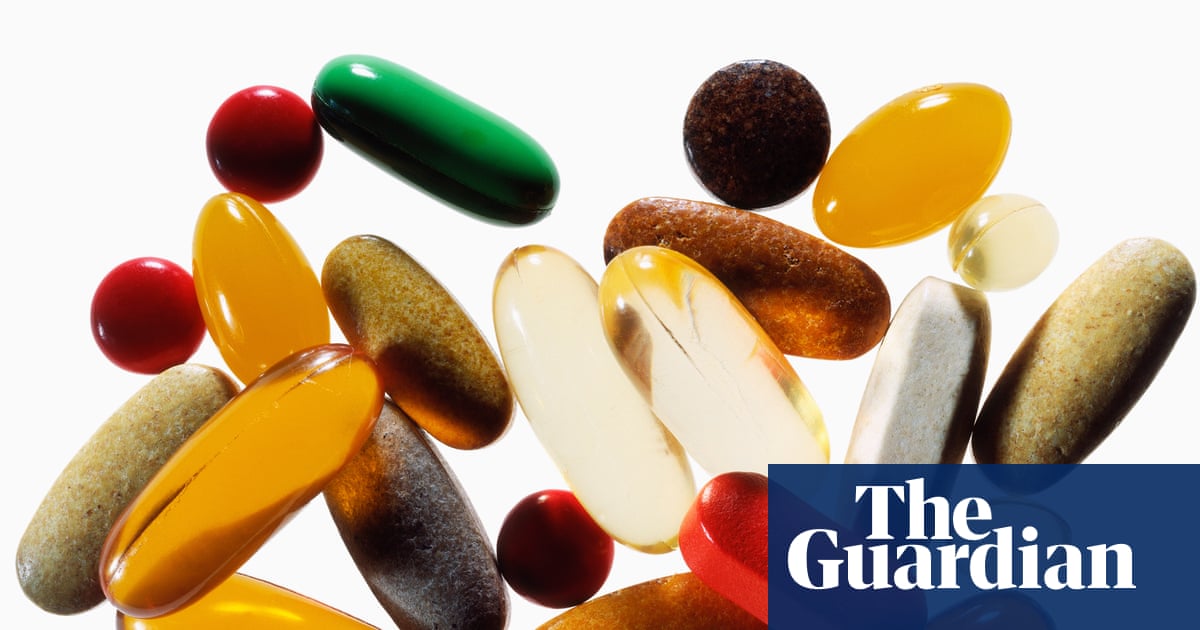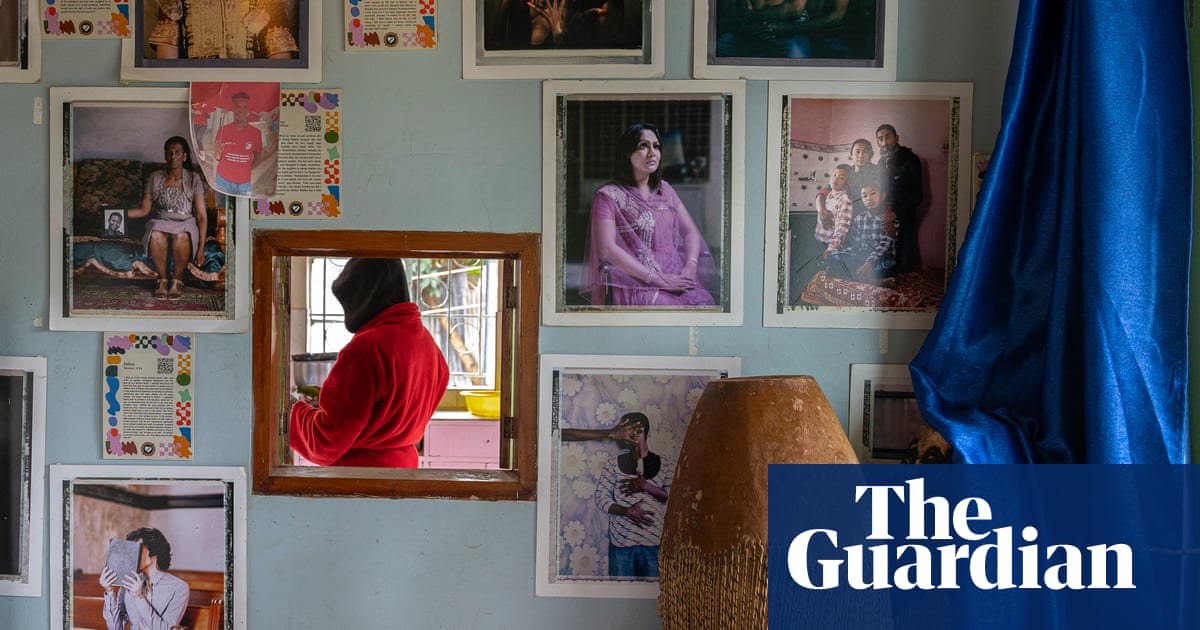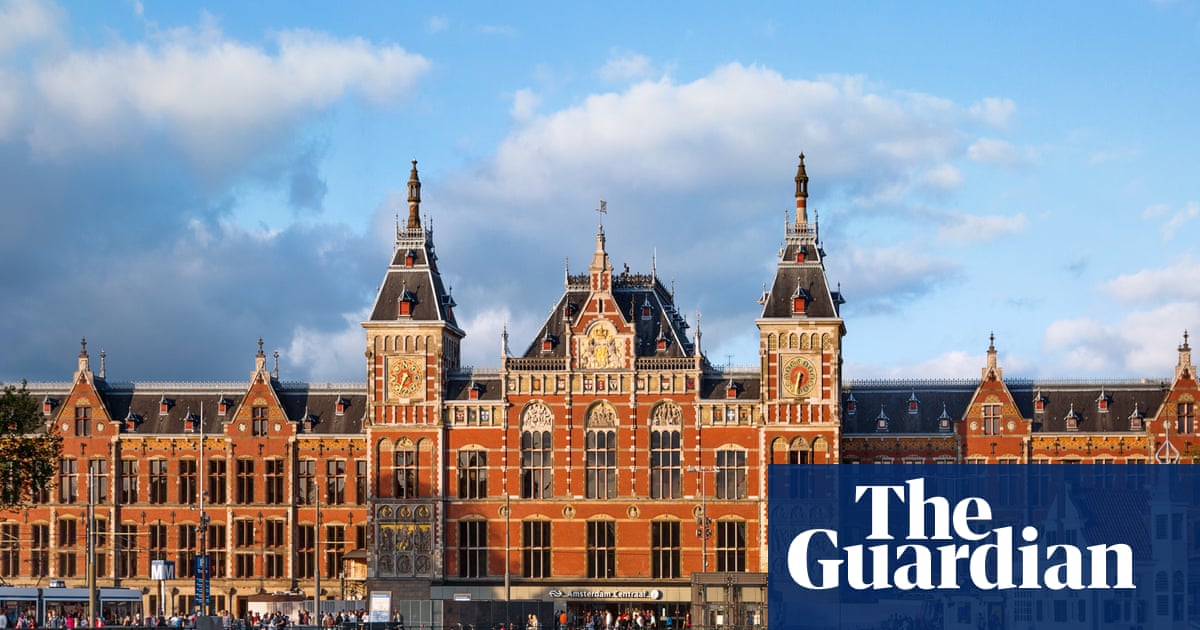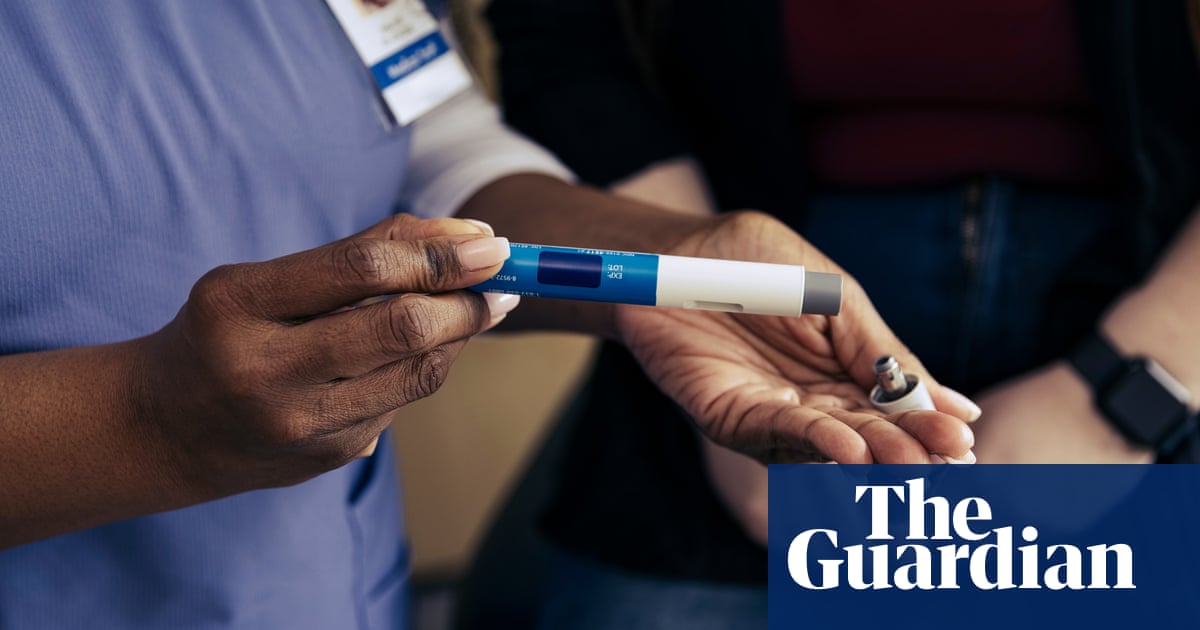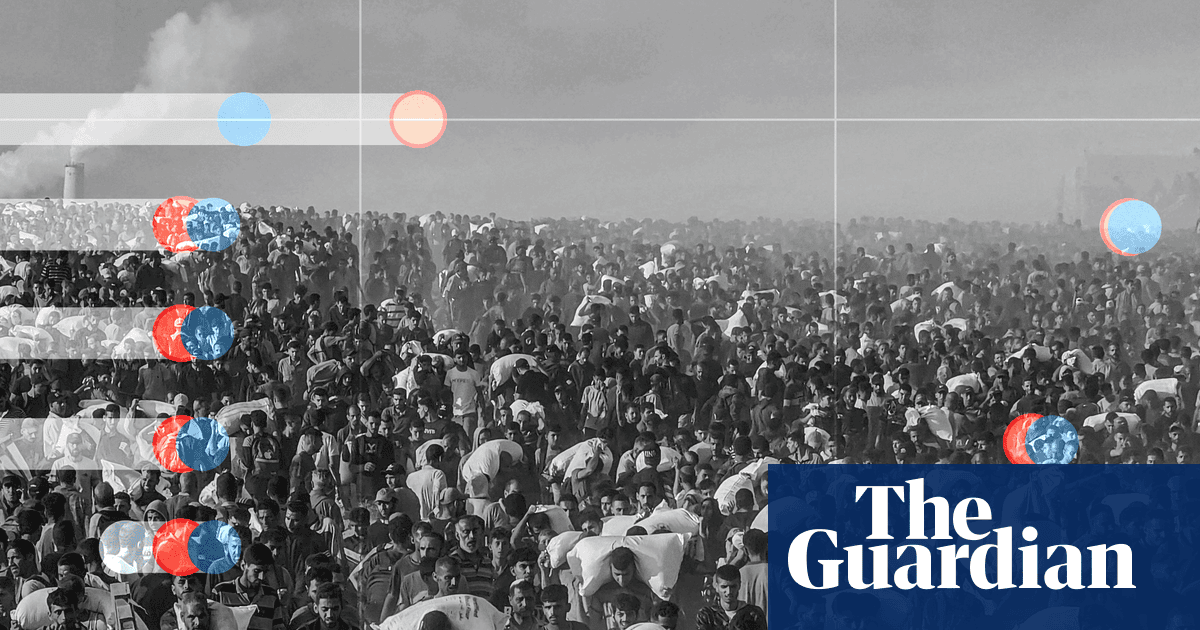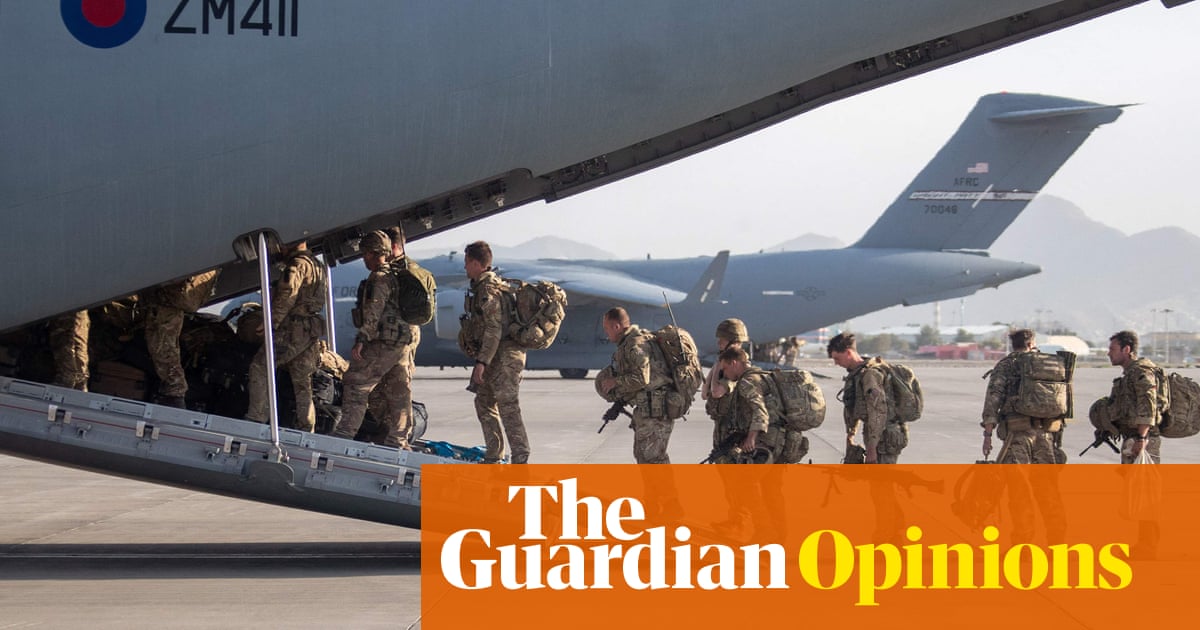Every day, new images come from Gaza that depict the most unimaginable horrors: hunger, despair and murder. It’s rare to see a glimmer of hope in this unrelenting suffering, but last week a video posted by Stephanie Shih, of fresh vegetables being purchased from one of the few remaining family farms in the Gaza Strip, provided one.
Sadly, the prices were astronomical – sometimes as much as $40 for a few eggplants. Since Israel has stopped almost all food and aid getting into Gaza, prices of what little food has been grown, stockpiled or looted have soared. The fresh vegetables could be purchased thanks to a mutual aid fund run by Shih, an artist based out of New York. Shih has raised over $600,000 since March 2024 from a fund she runs from her Instagram and word of mouth. Half of the money goes to a photojournalist in Gaza with a history of community work, who helps organise distributions of cooked food, produce, water, tents, cloth and cash.
“He’s able to leverage his longstanding relationships with local vendors to get decent deals on what little product is available in the markets, which is then distributed for free to families who cannot afford it,” Shih said. The funds enabled him to buy the vegetables and pass them on to other families.
The other half of the money is given to around 30 families in Gaza that Shih has developed close relationships with since 2024.
Shih is one of a number of individuals and groups based in the US who have set up uncertified and unofficial mutual aid funds for people in Gaza. The funds solicit donations from all over the world. Some are working with Palestinians in Gaza to organise complex distribution networks, others are simply wiring money directly to trusted individuals in Gaza to distribute. Just this week, Reviving Gaza, a mutual aid group founded by three displaced Gazan siblings, posted videos of 1,500 loaves of fresh bread being baked with flour secured by their group.
This kind of distribution is often uneven and not nearly enough to sustain the population of Gaza. The amount they can raise is also limited by personal networks and social media followers. Yet for people living under the most unimaginably horrific conditions, these donations can be a lifeline.
Since the beginning of the war, aid has been severely restricted – only a small number of aid trucks are allowed into Gaza and what’s allowed in is heavily controlled by Israel. But things got considerably worse in March, when Israel enacted a total blockade on all food, aid and medicine into Gaza. The small amount of aid still being distributed by the Gaza Humanitarian Foundation, a USand Israeli-backed group, comes with great risk: Israeli forces have killed more than 1,000 Palestinians at its food distribution sites since May. Earlier this month more than 100 charities wrote an open letter to say that they were seeing Palestinians, including their own colleagues, wasting away as famine grips Gaza. The letter blamed Israeli restrictions on, and “massacres” at, aid distribution points.
Israel’s foreign ministry says it is now allowing in about 70 aid trucks a day – well below the 500 to 600 trucks the UN says are needed and that entered daily during a six-week ceasefire earlier this year.
“On a given day when a NGO has to shut down highly visible operations because of military threats, fundraisers like ours can still operate,” says Shih. “But those NGOs could be up the very next day serving more people than our small team could handle. NGOs have more money and resources but are also bound by international bureaucracy and political tensions. Mutual aid groups are more nimble, have less overhead and are able to distribute moderate amounts of aid quickly.”
While some mutual aid funds are being run by individuals like Shih, others are small collectives that focus on certain kinds of aid – like Water is Life, which sources water from wells in northern Gaza and, with the help of donations, pays for trucks to distribute it around the strip. Mutual Aid Funds says that in the past few weeks interest and donations have soared as more images of starvation and Israeli violence reach western media.
Grassroots Gaza is a fund run by a large number of Palestinians who now live abroad. “Donations are a lifeline in these catastrophic times,” said their cofounding member, who asked not to be named. “For example, we’ve been sending clean water trucks to al-Naser in north Gaza for months. And we chose this area precisely because it’s a residential neighborhood, not a camp or UN school, and is often overlooked by large NGOs and international aid initiatives.”
Notably, these funds use existing networks and wire transfers to get money to Gaza, avoiding platforms like GoFundMe which has frozen or returned millions of dollars raised on its platform meant to reach Gaza.
But once money reaches Gaza, some brokers are charging 40% fees to get cash. These fees are a big part of the reason people can’t afford food. Many merchants used to accept digital transfers, but no longer. Virtual money is losing value because it has to be converted to cash at some point.
Food prices are changing constantly, but Tamar Glezerman, who fundraises via Venmo with the help of a friend in Gaza, says prices last week were 1,100 shekels ($324) for 10kg of flour, 200 shekels ($59) for Canned sardines and 54 shekels ($15) for wet wipes.
That’s not to say mutual aid groups can account that every dollar they raise is spent in the most effective way. Grassroots Gaza acknowledges the emergence of “black markets, skyrocketing prices, and exploitative merchants” but says that it is not the fault of those sending money and “is directly linked to and engineered by the ongoing genocidal war”. Many financial operators also saddle huge surcharges on money being sent to Gaza.
“Everything we do is carried out and organized under siege, bombardment, starvation, and abandonment by the international community and neighboring countries. Nothing about this moment is perfect, and yet we continue to provide rooted in care, accountability, and love to our people,” said the group’s spokesperson.
Yesterday, as she was about to send more money, Shih got a heartbreaking reply from one of the families she regularly donates to: “I think there is no need for that. We will not be able to use this money for anything. The situation is very bad and the prices are very high. This is the last thing I ever expected to say in my life.”
Shih says she will continue to send funds to the family, but the only way to help every Palestinian in Gaza is with an immediate ceasefire and open borders. “If there was enough food to feed the people of Gaza, there would be no black market. Flour didn’t cost 120 shekels a kilo before the genocide. Israel is manufacturing the starvation of Gaza and then pointing to people’s desperation as proof of their depravity, but the depravity is Israel’s alone.”
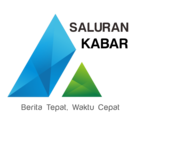
 3 months ago
47
3 months ago
47




